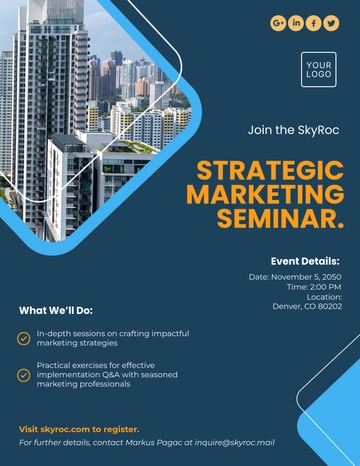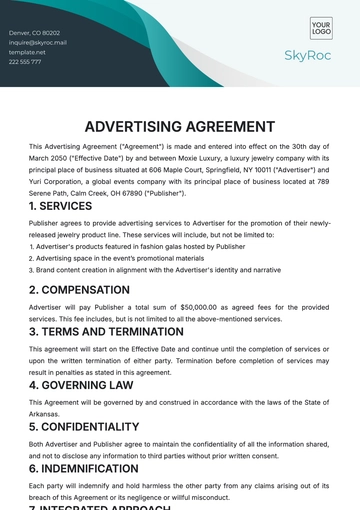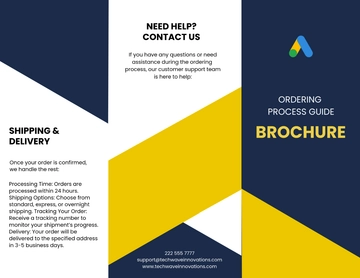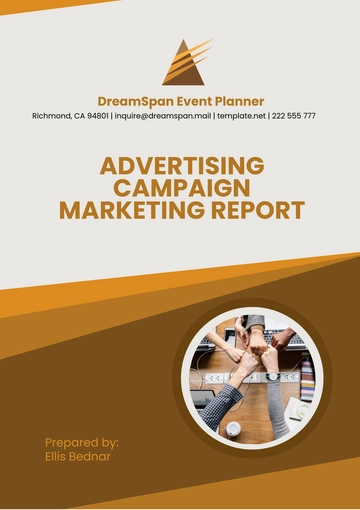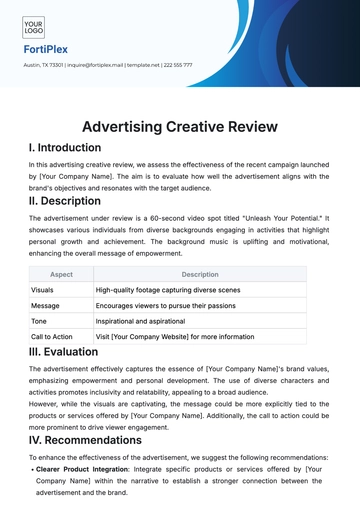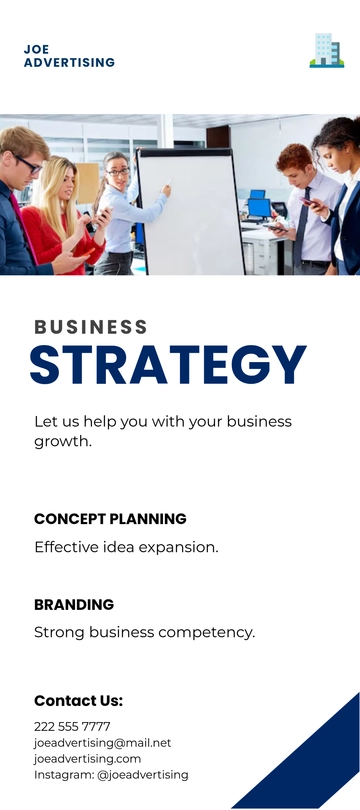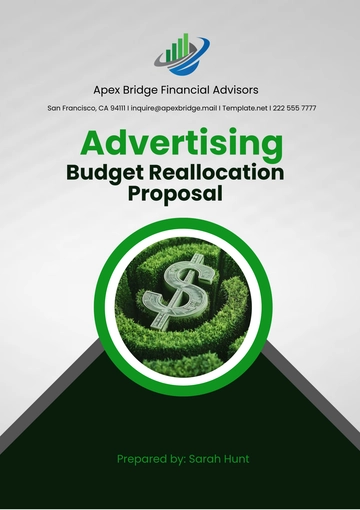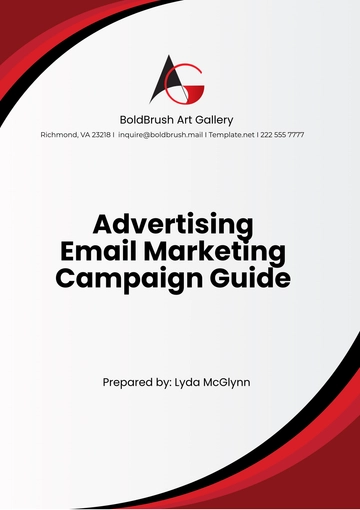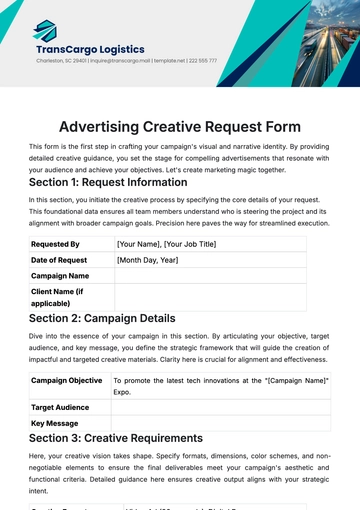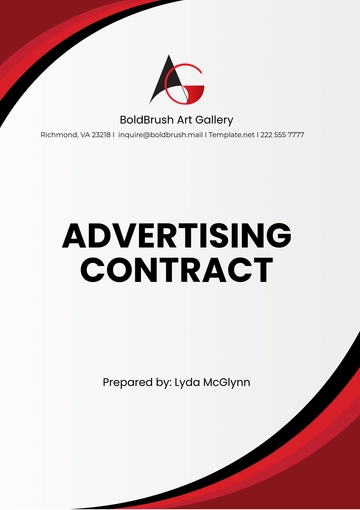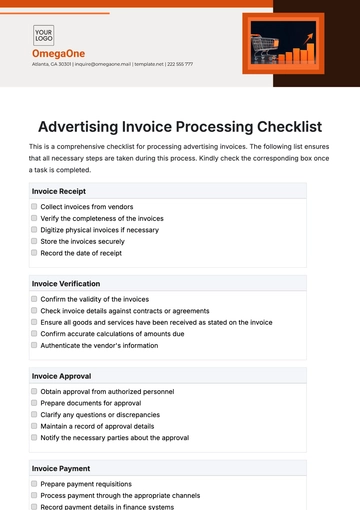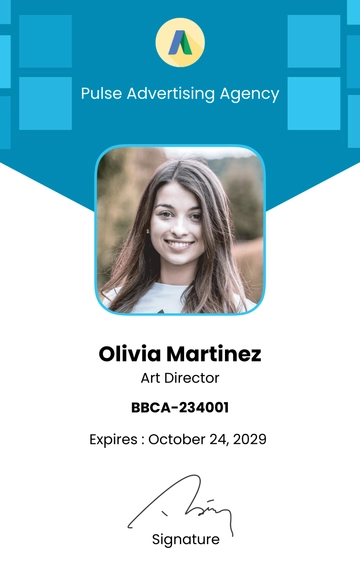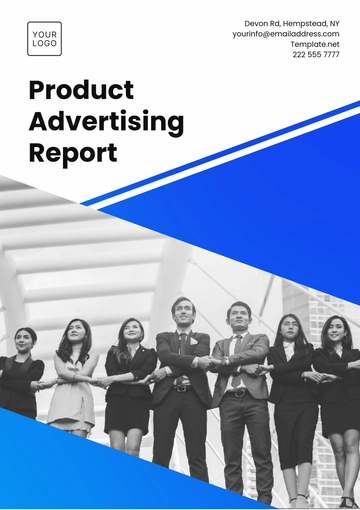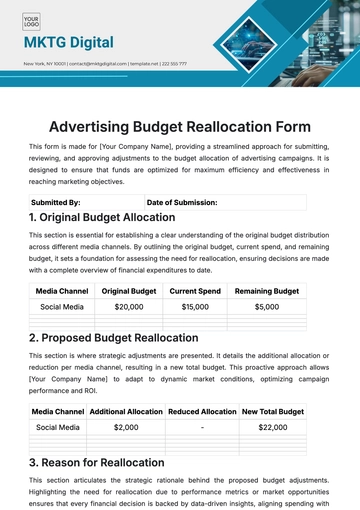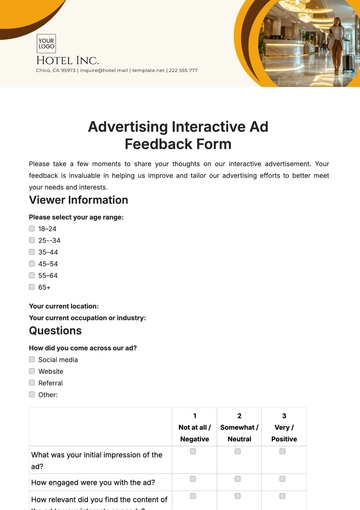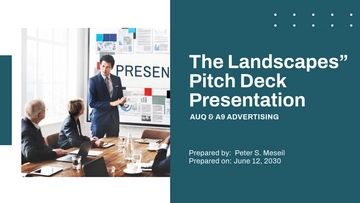Free Advertising Full Cycle Campaign Feedback Compilation
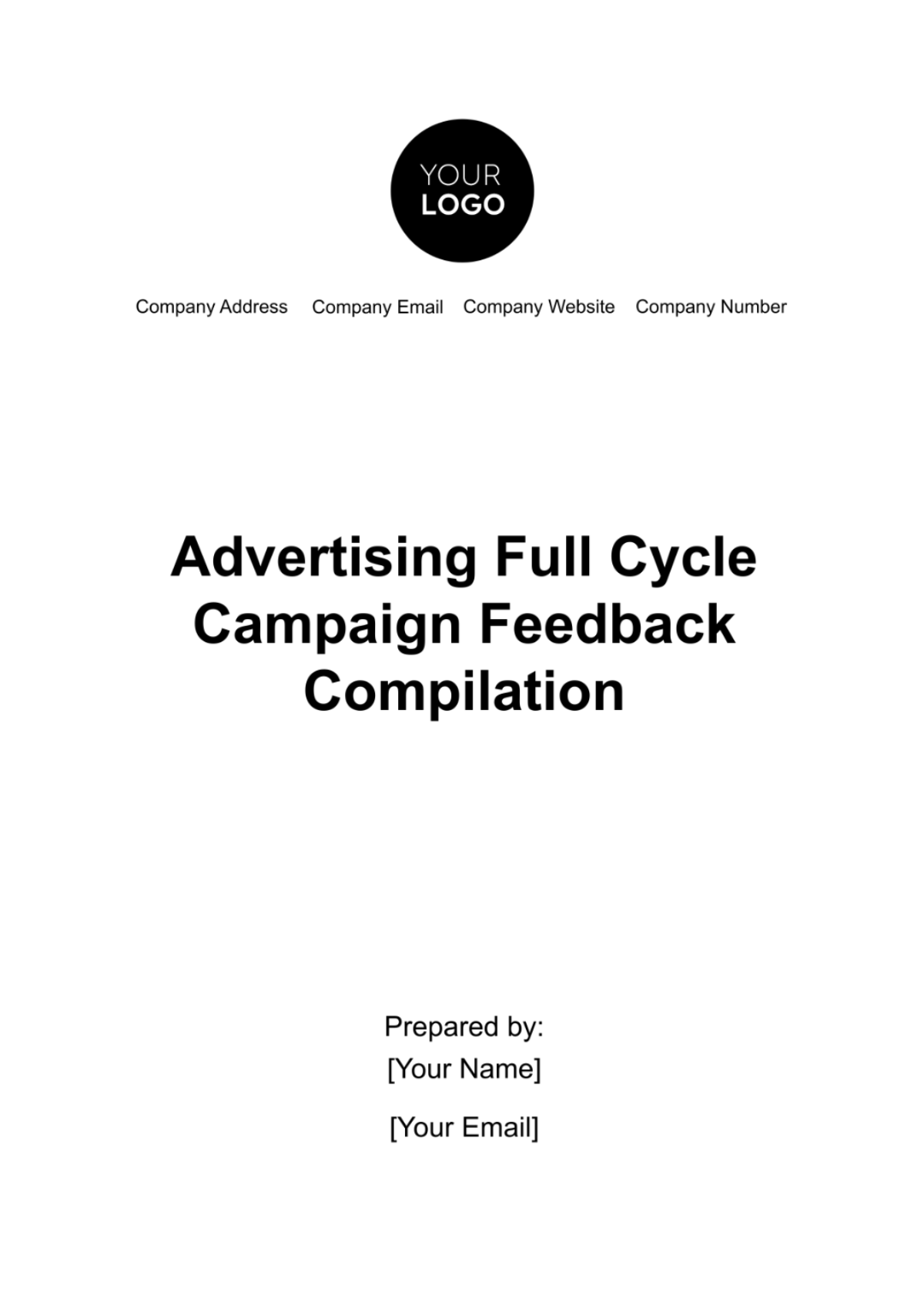
I. Executive Summary
This document compiles and analyzes feedback from our latest advertising campaign, which aimed to enhance brand awareness and drive engagement across our target demographics. Through a combination of digital, social media, and traditional advertising channels, we sought to connect with our audience on a deeper level, promoting our new line of eco-friendly products. The feedback collected through various channels and at different campaign stages has been invaluable for assessing our performance and identifying areas for improvement.
High engagement rates on social media platforms.
Positive audience reception to the eco-friendly message.
Email marketing showed lower engagement than expected.
Some confusion around product usage.
II. Introduction
The purpose of this feedback compilation is to gather and synthesize all audience reactions, insights, and data generated throughout our advertising campaign. By closely examining this feedback, we aim to understand the campaign's impact, measure its success against our objectives, and identify strategic insights for future initiatives. The scope of this compilation includes feedback from all campaign stages—pre-launch, mid-campaign, and post-campaign—across digital, social media, and traditional advertising channels, targeting our primary demographic segments.
III. Campaign Overview
Our campaign was strategically designed to introduce our new line of eco-friendly products, leveraging a mix of advertising channels to maximize reach and engagement. The overarching goal was to solidify our brand's commitment to sustainability and innovation, appealing to environmentally conscious consumers.
Channel | Execution Summary |
Social Media | Daily posts and interactive stories on Instagram and Facebook, weekly YouTube videos showcasing product use and sustainability efforts. |
Email Marketing | Bi-weekly newsletters featuring product highlights and eco-friendly tips. |
Digital Advertising | Banner ads on environmental blogs and forums, Google AdWords campaigns targeting eco-conscious keywords. |
Traditional Media | Print ads in eco-friendly lifestyle magazines, radio spots on popular morning shows. |
IV. Methodology
To gather a comprehensive set of feedback, we employed a multi-faceted approach, ensuring we captured the sentiments of our diverse audience. Methods included direct customer surveys sent via email, social media monitoring tools to gauge reactions and engagement, focus groups for in-depth discussions pre- and post-campaign, and analysis of website and social media analytics for quantitative insights. Additionally, we reviewed customer service interactions and online forum discussions for unfiltered audience feedback. This holistic approach allowed us to gather both qualitative and quantitative data, providing a nuanced understanding of our campaign's performance and impact.
V. Feedback Analysis
A. Pre-launch Feedback
Before launching our campaign, we sought insights from our target audience to fine-tune our messaging and creative content. Through focus groups and online surveys, we gathered feedback on our preliminary ads, messaging, and overall campaign strategy.
Theme | Feedback Highlights |
Message Clarity | Some confusion around the |
Visual Appeal | High praise for the use of |
Brand Alignment | Questions about how the new |
Analysis and Adjustments
The pre-launch feedback highlighted a need for clearer messaging around the specific benefits of our eco-friendly products. In response, we revised our ad copy to emphasize not only the environmental benefits but also the direct consumer advantages (e.g., cost savings, health improvements). Additionally, we developed a series of blog posts and social media content that further explained the alignment of the new product line with our brand's mission, enhancing transparency and trust.
B. Mid-campaign Feedback
During the campaign, we closely monitored audience engagement and sentiment through social media analytics, direct feedback on our platforms, and customer service interactions. This real-time feedback allowed us to make immediate adjustments to our campaign execution.
Theme | Feedback Highlights |
Engagement Levels | High engagement with interactive |
Content Relevance | Requests for more information |
Email Engagement | Lower than expected open |
Analysis and Adjustments
The mid-campaign feedback was instrumental in identifying areas of high audience interest and areas requiring improvement. Given the high engagement with interactive content, we increased the frequency of Instagram stories and live Q&A sessions. To address content relevance, we added detailed product sourcing information to our website and highlighted these practices in our social media posts. For email marketing, we experimented with different subject lines and content formats, leading to a gradual improvement in open rates.
C. Post-Campaign Feedback
After the campaign concluded, we conducted a comprehensive review of feedback from surveys, social media comments, and focus groups. This post-campaign analysis provided insights into the campaign’s overall impact and areas for future improvement.
Theme | Feedback Highlights |
Overall Reception | Positive feedback on the |
Product Interest | Increased inquiries about |
Brand Perception | Enhanced perception of our |
Analysis and Adjustments
The post-campaign feedback affirmed the success of our eco-friendly messaging in enhancing brand perception and interest in our new product line. Many respondents expressed a deeper connection with our brand values and a better understanding of our commitment to sustainability. Based on this feedback, we plan to continue emphasizing our eco-friendly initiatives in future campaigns and to explore new ways to engage our audience in our sustainability journey. Additionally, we identified opportunities to improve our product FAQs and availability information based on the increased inquiries, ensuring clearer communication in future campaigns.
VI. Performance Against Objectives
Evaluating our campaign’s performance against our initial objectives is essential to understand its effectiveness and to inform future strategies. By setting clear benchmarks prior to the campaign launch, we were able to measure our results in terms of ROI, brand awareness, engagement, conversion rates, and other key metrics. This assessment provides a comprehensive view of our successes and areas where expectations were not fully met.
Objective | Initial Goal | Actual Results | Achievement Status |
ROI | Increase by 20% | Increased by 15% | Partially Met |
Brand Awareness | Increase by 25% | Increased by 30% | Exceeded |
Engagement | Increase by 30% | Increased by 25% | Partially Met |
Conversion Rates | Increase by 15% | Increased by 10% | Not Met |
Community Involvement | Engage 10,000 individuals | Engaged 12,000 individuals | Exceeded |
The campaign achieved remarkable success in enhancing brand awareness and community involvement, exceeding our initial goals in these areas. This suggests that our messaging resonated well with our target audience, effectively raising awareness of our brand and its commitment to sustainability. However, the campaign fell short of the set targets for ROI and conversion rates, indicating that while we were successful in attracting interest, this did not fully translate into the expected level of financial return or conversion actions. Engagement rates also saw a slight shortfall, suggesting room for improvement in how we captivate and interact with our audience.
VII. Audience Insights
The campaign revealed valuable insights into different audience segments, highlighting those who responded most positively as well as segments where our efforts did not resonate as strongly.
Positive Responses: Younger demographics, particularly those aged 18-34, showed the highest engagement and enthusiasm for the campaign, particularly on social media platforms like Instagram and YouTube. This group was especially receptive to our eco-friendly message, indicating a strong alignment of our brand values with their personal beliefs and priorities. Their active participation in community involvement initiatives surpassed expectations, showcasing a deep commitment to sustainability.
Areas for Improvement: While younger audiences engaged eagerly with the campaign, older demographics (ages 35 and above) showed lower engagement levels, particularly with digital and social media content. Email marketing efforts also saw lower engagement across all demographics than anticipated, suggesting a mismatch between our content and the preferences or behaviors of our email audience. This discrepancy underscores the need for a more tailored approach to content and channel strategy, ensuring that we engage more effectively with different segments of our audience.
VIII. Recommendations
Based on the comprehensive feedback, performance analysis, and insights gained from our campaign, we propose several strategic recommendations to enhance future advertising efforts. These recommendations aim to address the identified gaps and leverage the strengths to ensure continued growth and engagement.
Refine Email Marketing Strategies: Segment email lists more precisely and customize content to increase relevance and engagement across different demographics.
Enhance Digital Content for Older Demographics: Develop content formats and messages that resonate more effectively with the 35+ age group, potentially through platforms they frequent more.
Expand Community Involvement Initiatives: Given the positive response, increase investment in community-focused activities, especially those encouraging sustainability, to deepen brand loyalty.
Optimize Conversion Pathways: Analyze customer journeys to identify and remove friction points, enhancing the ease of moving from engagement to conversion.
Increase Investment in High-Performance Channels: Allocate more resources to social media platforms like Instagram and YouTube, where we observed the highest engagement.
IX. Conclusion
This Advertising Full Cycle Campaign Feedback Compilation has provided invaluable insights into the effectiveness of our recent campaign. By thoroughly analyzing feedback and performance data, we have identified both our strengths and areas for improvement. The recommendations outlined offer a roadmap for refining our advertising strategies, ensuring that future campaigns are even more aligned with our audience's needs and expectations. As we move forward, we remain committed to our mission of delivering impactful and resonant advertising that not only drives our brand forward but also contributes positively to our community and the environment. With a commitment to learning and adaptation, we are poised for continued success in our marketing endeavors.
- 100% Customizable, free editor
- Access 1 Million+ Templates, photo’s & graphics
- Download or share as a template
- Click and replace photos, graphics, text, backgrounds
- Resize, crop, AI write & more
- Access advanced editor
Template.net's Advertising Full Cycle Campaign Feedback Compilation Template is essential for refining your marketing strategies. Editable and customizable, this template captures comprehensive feedback across your campaign's lifecycle, editable in our AI Editor tool. It offers marketers an in-depth, adaptable format for analyzing performance, ensuring future campaigns are built on solid, insightful foundations.
